When rideshare companies like Uber and Lyft first opened, taxis protested all over the world. Now, nearly 15 years later, it’s Uber and Lyfts’ own drivers who are protesting the wildly successful companies.
On February 14, 2024, drivers from DoorDash, Uber, and Lyft went on strike, requesting what they are calling “livable wages.”
The App Drivers Strike
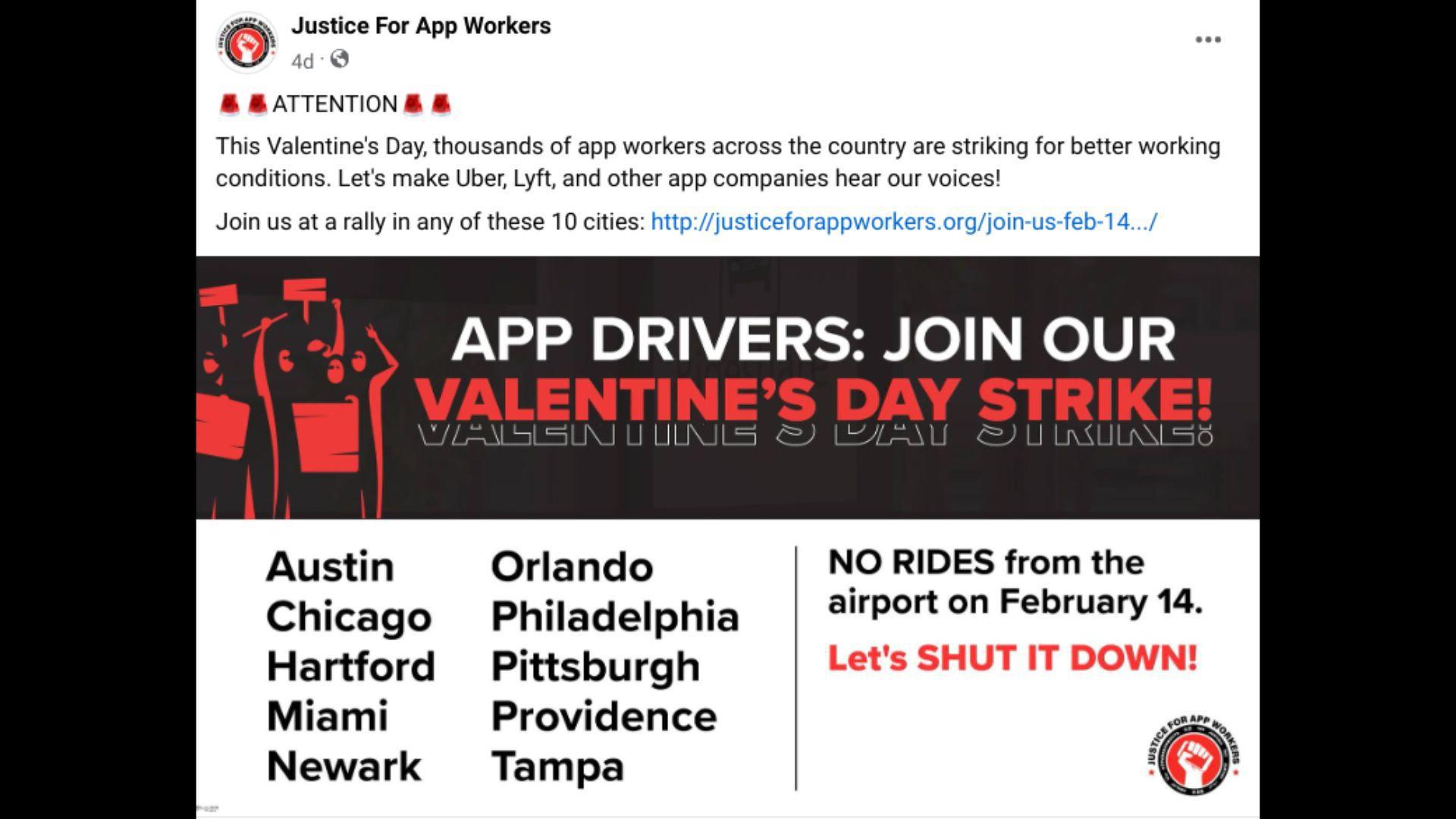
Justice For App Workers, a coalition that includes nearly 130,000 drivers from ride shares to delivery apps, recently made an announcement that their members will be and should be striking on Valentine’s Day.
The proclamation on the organization’s Facebook read, “This Valentine’s Day, thousands of app workers across the country are striking for better working conditions. Let’s make Uber, Lyft, and other app companies hear our voices!”
What Do the Protesters Want?

Those who decided to join the strike, and most likely even some of those who didn’t, all agree that companies that hire non-contract drivers, such as Uber, Lyft, and Doordash, are not paying their employees enough.
But this situation isn’t as cut and dry as simply raising an hourly wage. In fact, understanding what app drivers are asking for is exceptionally complicated as no rideshare company has publically explained their payment system.
How Much Do Lyft and Uber Pay Their Drivers?

Here’s where things get a little complicated: Both Uber and Lyft pay their drivers based on an algorithm. It’s not a simple percentage; drivers in certain cities, specific times, and various locations can make more of less than their coworkers.
Additionally, it’s become apparent that both companies, as well as others, have actually misled the public in regard to the range that their drivers receive per ride.
Breaking Down What We Know
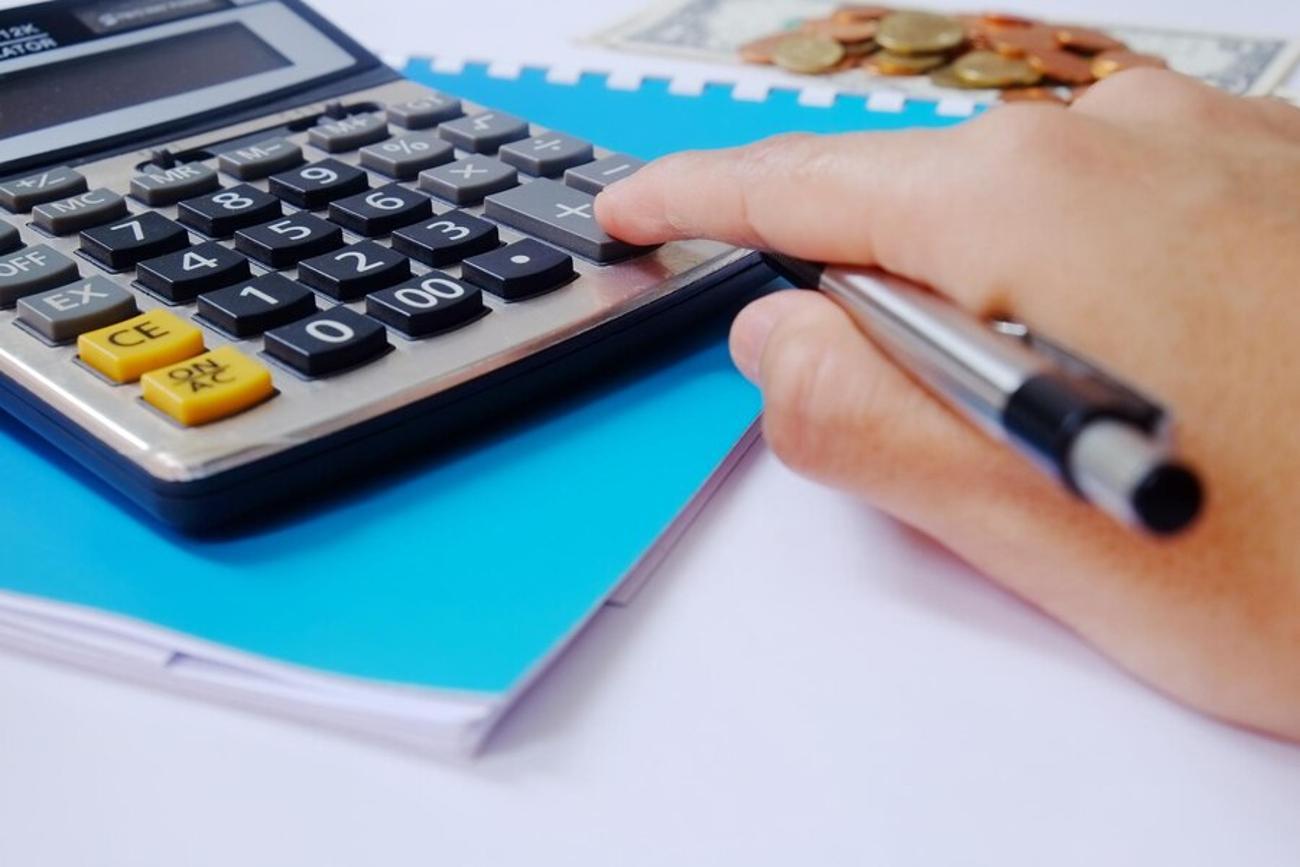
According to Forbes, “Uber’s US ridehail take rate in Q3 2023 was 40%,” and Lyft’s “Q3 2023 North American take rate was 33%.”
However, that does not mean that the driver gets 67% or even 60% of the total price of the ride. Before the driver’s percentage is calculated, Uber first removes service fees and operational expenses, then their percentages are calculated. The fees vary depending on the country or state the driver works in, but it certainly adds up.
Companies Like Uber, Lyft, and Doordash Are Changing the Algorithms
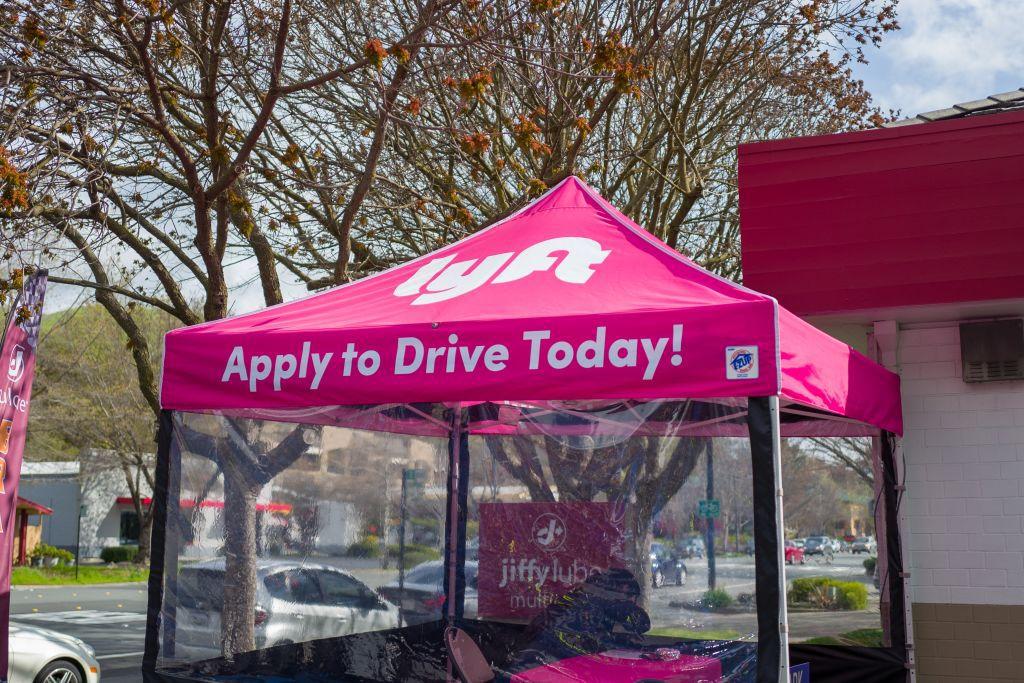
Now, even though Uber and Lyft claim they are not drastically changing the percentage their drivers take home at the end of the day, they are changing something: The algorithms.
So, essentially, while the offer still looks good to current and potential drivers on paper, because of the changing algorithms regarding locations, cities, and times, drivers are actually making far less than they used to.
Don’t Drivers Make Good Tips?
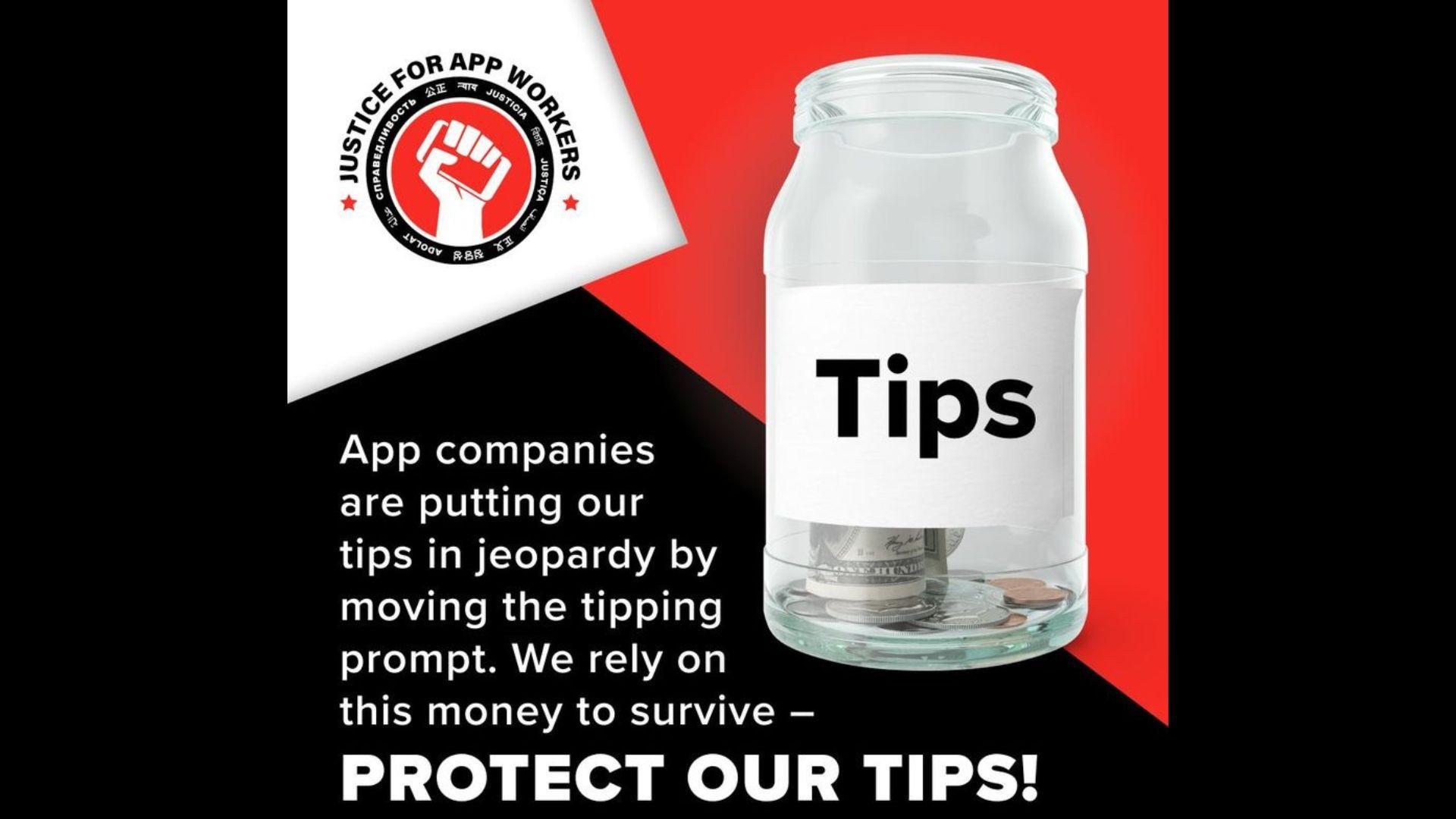
Many may be thinking to themselves: Don’t rideshare and delivery drivers make great tips? Between the ever increasing trip rates and top notch tips, these drivers should be doing exceptionally well.
But that’s changing too. Justice For App Workers recently announced that several apps are changing the tip prompt, which will allegedly decrease the ease at which customers can add a tip to their ride. Additionally, news sources like the New York Post, are reporting that people are tipping less than ever before.
How Much Do Drivers Make an Hour?

Because of the ever-changing algorithm, it’s almost impossible to know exactly how much a delivery or rideshare driver makes per hour.
According to Salary.com, they typically make around $19 per hour, but according to Business Insider, they apparently make around $33 an hour. However, since these drivers have to pay for their own gas and tolls, the more they drive, the more they spend.
Rideshare and Delivery Drivers Don’t Receive Any Additional Benefits

It’s also important to note that while $19 per hour may seem like a lot, after paying for gas, tolls, and car payments, it’s significantly less.
And these drivers do not receive any residual benefits such as health care, bonuses, or sick days as other employees do.
Not to Mention Companies Like Uber and Lyft Are Making Billions
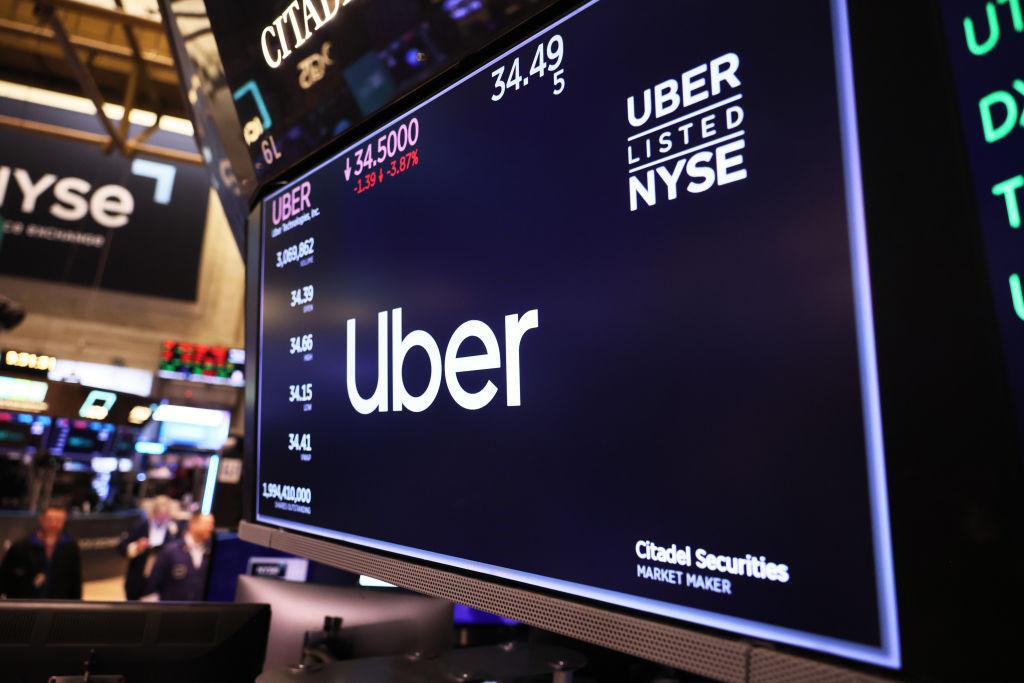
There’s no doubt that another aspect of the driver’s dissatisfaction with their wages is based on the fact that the companies they work for are making billions of dollars every year.
Uber is currently worth $162.87 billion, Lyft is sitting at $6.25 billion, and Doordash at $47.79 billion. So, to many, this business model is simply another way in which the rich get richer and the poor and even middle class stay exactly where they are.
This Isn’t the First Time Drivers Have Protested Against Uber and Lyft
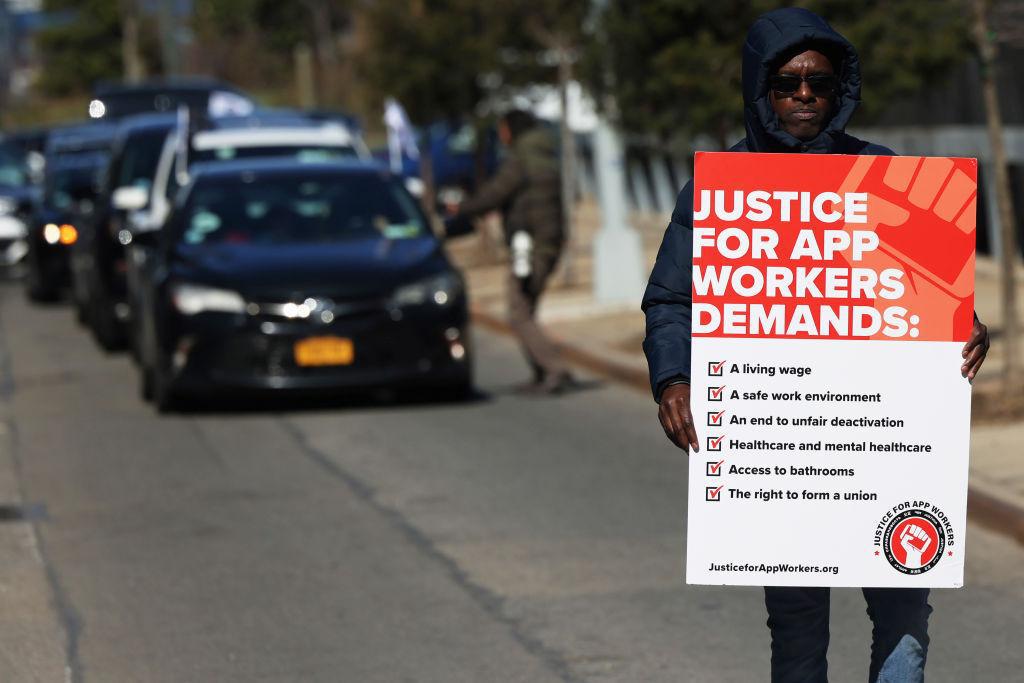
It’s important to note that this strike is the first in several years, but drivers from various rideshare companies also protested for better wages in 2019.
And while the strike certainly had an effect, in the end, the drivers’ demands were not met by any of the companies they worked for. But now, they’re at it again, hoping for a different result.
Will Anything Change for Uber and Lyft Drivers This Time?
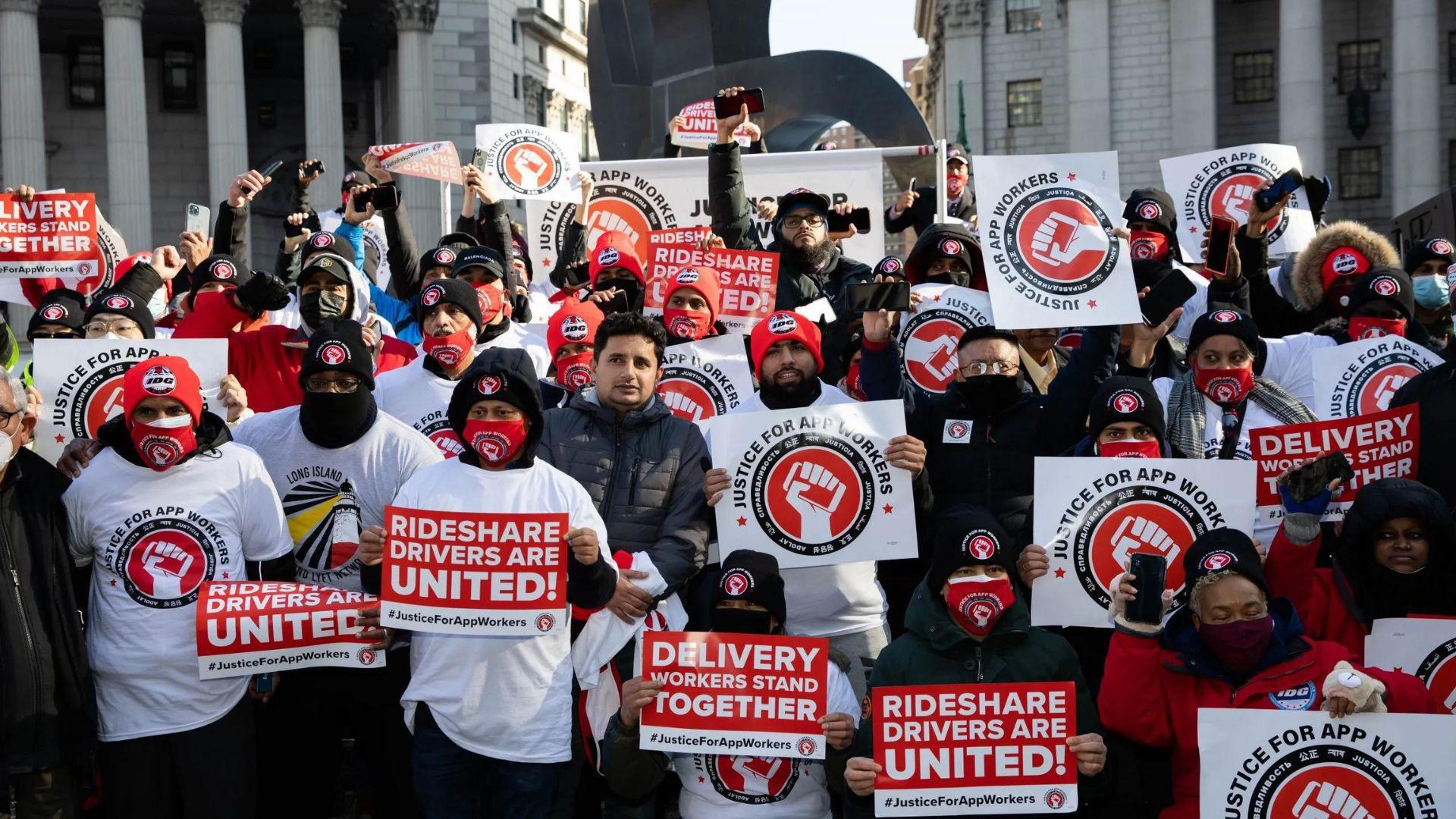
It’s too soon to say whether the Valentine’s Day strike will actually force rideshare and delivery companies like Doordash, Lyft, and Uber to change their algorithm and give their drivers more money.
However, as the cost of living is constantly increasing and these companies continue to make billions of dollars every year, it’s more and more likely that these strikes won’t stop until a real change is made.
